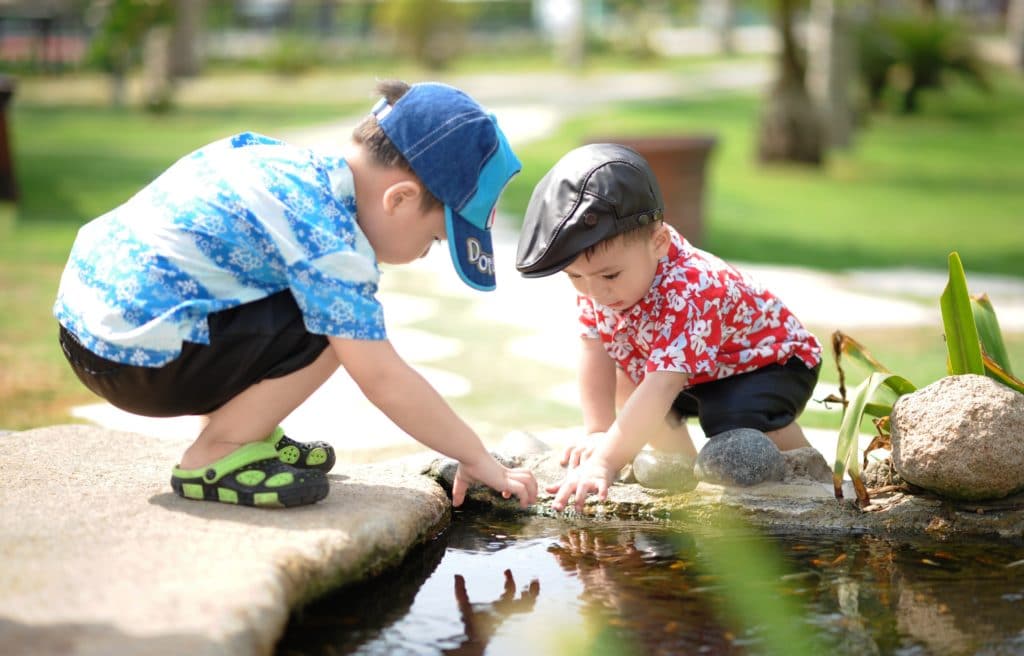How many kids today know what an oak leaf looks like? How about an ash? With more to keep them occupied inside than ever before, it’s easy for kids to become completely disconnected from their environment. By making time in the open air into a game, you can encourage them to get outside while teaching them (and possibly yourself too) about the natural world.
From blindfold walks to making treasure hunt clues for kids – here are five fun, simple ways to get them outdoors:
- Walk blindfold: this an activity that’s likely to be frequently interrupted with outbursts of laughter, especially if you let your kids blindfold you. Just tie a scarf around your eyes and let the other person lead you, experiencing your environment through touch and sound. What can you guess from bird calls or the smell carried in the wind? See if your guesses were on the mark when you remove the blindfold.
- Collect: bring bags (or deep pockets) on your next walk and see what weird and wonderful items your kids can collect – whether it’s fungi, shells, conkers or just interesting-looking twigs. Once you get home, you can have fun trying to identify the collection together, and have a go at drawing or painting a still life. In the autumn, fallen leaves also make crayon rubbings: put the leaf on a flat surface under a sheet of scrap paper and cover with crayon. A detailed replica of each vein and crinkle will emerge. Just remember not to take pebbles from some beaches (it’s actually illegal) or pick wildflowers – leave them for everyone to enjoy instead!
- Search for treasure: a great party idea as well as an opportunity for kids to use their deductive skills. When it’s framed as a competition, you can get a surprising about of education in too: making treasure hunt clues for kids can teach them about nature and the environment. For example, get them to search out a likely habitat for owls or woodlice. If you’re not sure where to start, you can find an easy to follow guide and templates for making treasure hunt clues for kids here.
- Watch the wildlife: kids can spend an astonishing amount of time observing animals in their natural habitat. Don’t let your squeamishness get in the way of studying minibeasts! Try sketching (or making up an imaginary) spider’s web while you explain how important they are to the ecosystem: catching flies, making silk, and helping out gardeners by removing pests. Assemble all of their observations and sketches in a nature notebook that will mark out the activity as special.
- Go on an adventure: but not too much of an adventure. While you may love going off piste into the wilderness, kids generally can’t handle a five-mile divergence, even if that tree does look really interesting. They’ll enjoy walking much more if you pick a trail with plenty to interest them, like trees with low-hanging branches or banks to climb, undergrowth to explore and wildlife to spot. On the other hand, when it comes to camping, they can probably handle more hardship than you can, especially if you make it into a game. There are lots of great tips online for taking kids hillwalking, so be sure to do a little research beforehand to make it lots of fun for everyone.
So, the next time your little one asks whether they can watch television, suggest one of the above instead – you might be surprised at how enthusiastic they are!





